EMA Home
Alert Baldwin
Weather Information
Evacuation Information
Shelters
Prepare & Plan
Flood Management
Hazard Mitigation
LEPC
VOAD
Beach Safe
EMA Training & Events
Local Resources
State Resources
Federal Resources
Emergency Operations Plan
COVID-19 Resource Hub
Videos
Weather Stem
Contact UsMedia Information & Requests
